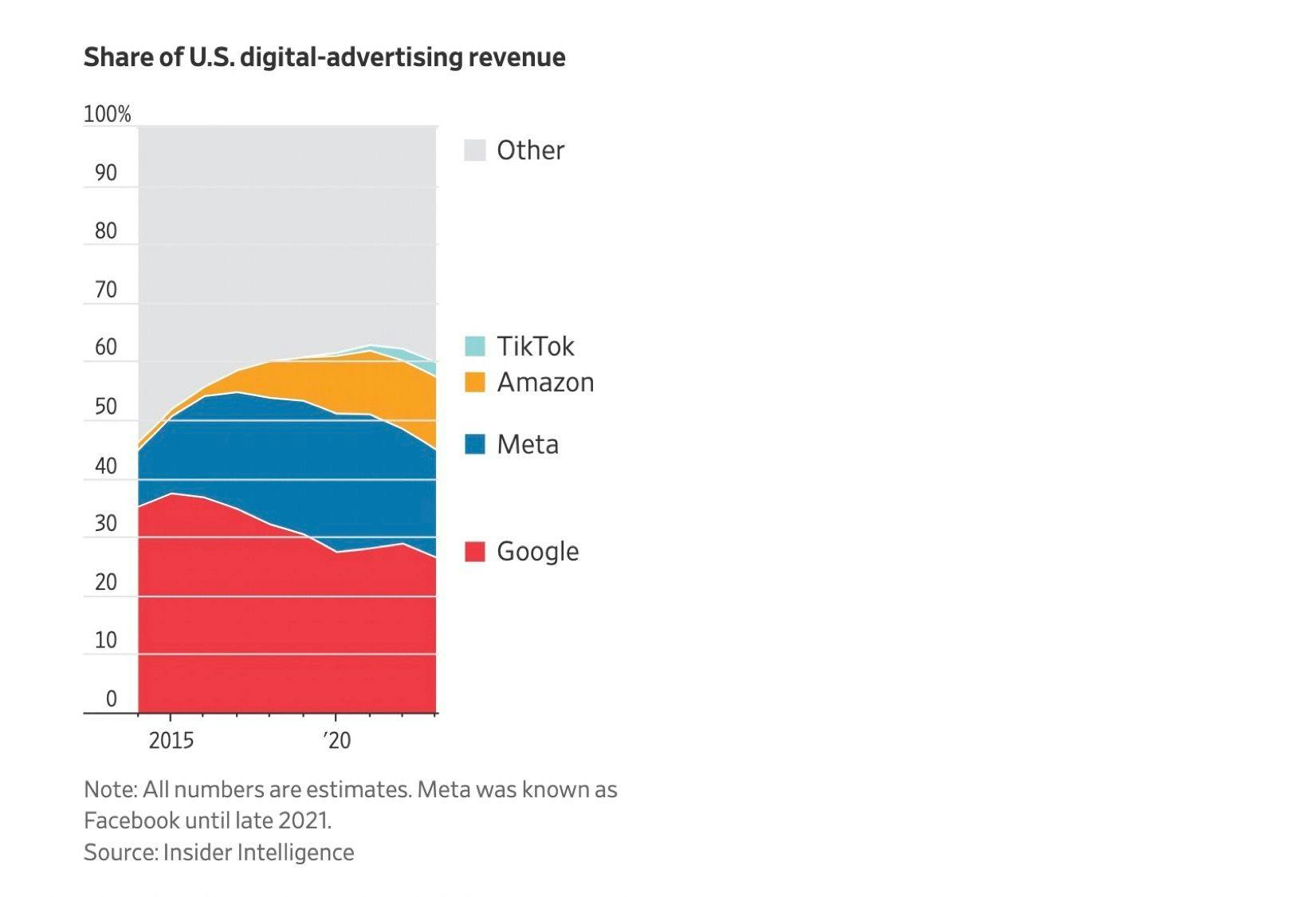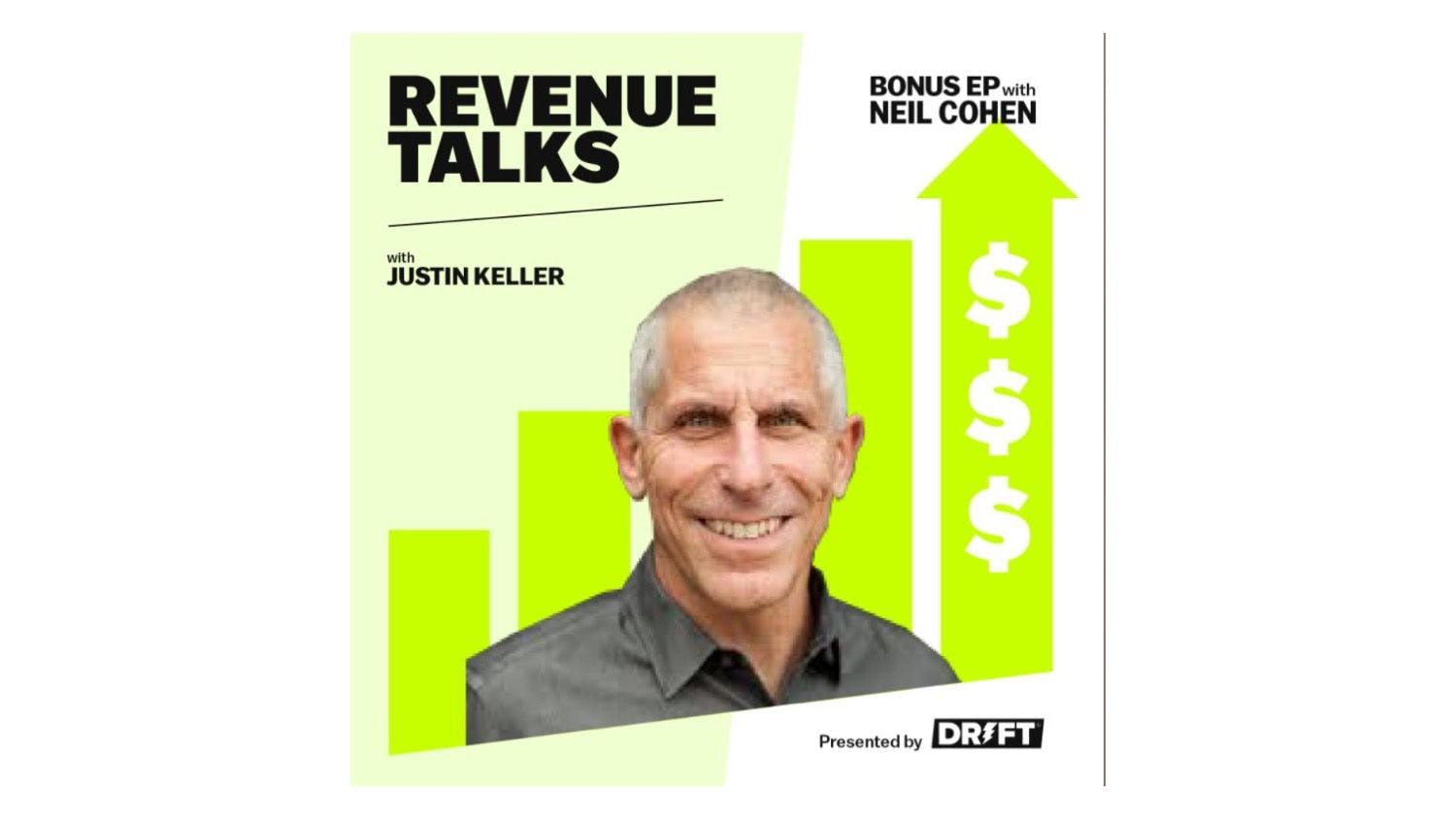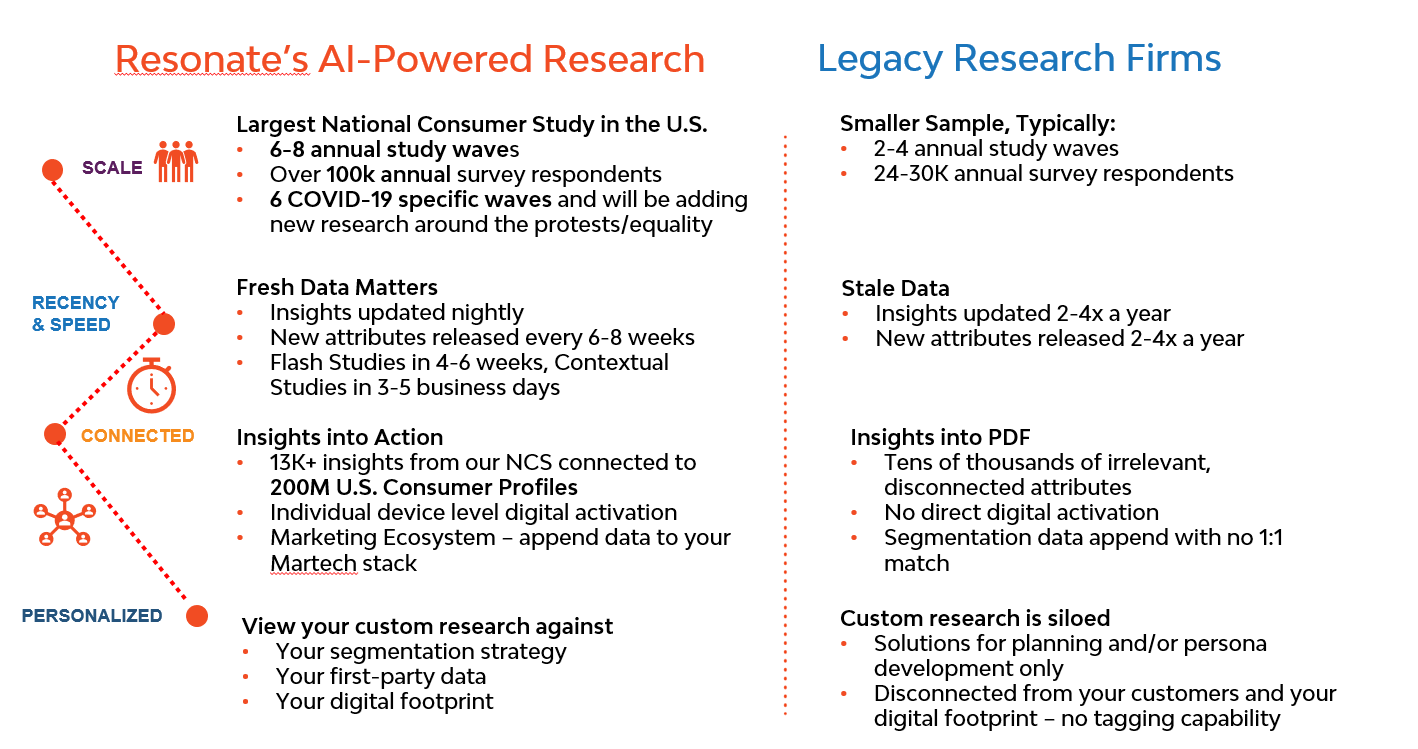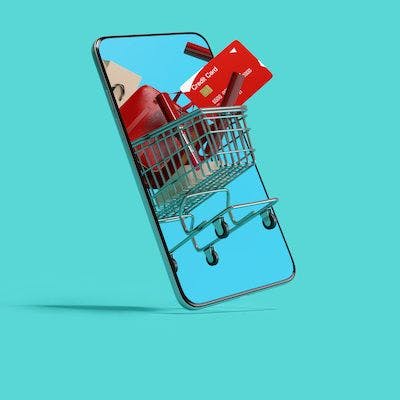
7 Challenges for CMOs in 2023
Marketing is in a time of rapid evolution. Get out your bitters and soda, because we are full-on experiencing the post-COVID hangover.
Even though COVID is still with us, masks and trillion-dollar stimulus programs have gone away leaving us with a wacky, destabilized economy.
At the same time, privacy issues have created a tipping point. A turbulent economy generally points to a heightened focus on performance, but performance marketing is becoming more expensive and less reliable due to tracking changes. It's a conundrum.
What are the implications of all this change? Let's break it down.
1) CapEx eats OpEx for lunch.
Recession? No recession? Is inflation under control? Are interest rates too high? Consumer spending is still high, right?
Doesn't matter. The very fact that these urgent questions exist means that companies will be looking to shift budgets from Operating Expenditures to Capital Expenditures. CFOs don't like uncertainty. They need to keep an eagle eye on the bottom line. Limiting OpEx allows them to.
OpEx covers the things that are necessary for the day-to-day—that includes salaries, which means that many in-house teams are going to see headcount drop while workload grows or remains the same.
Meanwhile, CapEx includes expenses that may have a higher upfront outlay of money, but that can be canceled or postponed. Moving budgets to this row of the balance sheet makes sense: if the recession hits the economic fan, you can cut CapEx things far more easily.
Traction is a marketing accelerator for in-house teams, so we're seeing a lot of activity from clients facing this challenge—both from an in-house agency operations consulting perspective and from a variety of brands looking for a flexible resource to handle overflow projects, enhance performance marketing, and create embedded teams. If you're interested in learning about how we might be able to help your team navigate this shift, .
2) Media Strategy is back in town.
"Everything old is new again," says Christine Bensen, who leads media for Traction, "we are definitely seeing a broadening of media strategies now that people feel less tethered to 'declining performance marketing.'"
This is quantifiable. Patience Haggin of the Wall Street Journal reported this week that Facebook and Google now represent less than half of digital ad spend (48.4% to be exact) for the first time in almost a decade. For quite a few years now, those two players were the only game in town when it came to performance marketing. Facebook was by far the most efficient place to hunt for new customers and Google was the most efficient for converting ones "expressing intent" in the market.

What this chart shows is that it's not just TikTok and Amazon taking lunch money away from the duopoly. The most interesting part is that the gray area representing "others" has been growing rapidly over the last two years.
That means you need to be strategic—and creative—about how you reach your consumer. For several years, it seemed like media strategy was a lost art. Well, it's back.
3) Recession as an opportunity.
According to Traction consultant, Babs Rangaiah, a recession is an opportunity for the growth-minded: "Smart marketers will leverage the pull back to get deals and will continue to invest in their brands to get a competitive advantage in the long run."
I've written about this before and there's no shortage of agency CEOs ready to tell you to keep investing in marketing in a downturn, but the data supports it.
If you're one of those marketers contemplating market share growth investments, you should definitely take a look at this post on Silver Linings in a Downturn. It recaps UC Berkeley Haas School of Business Dean and CMO, Bill Pearce, when he was a guest on one of our CMO Roundtables, discussing how he tripled the market cap of Del Monte when he was CMO there during the recession of 2009. He offered up some true gems on how to get it done.
4) Customer-centricity is the new black.
Every brand will be looking to invest their limited funds in some sharp new CX.
As I pointed out in my December post on The Perfect Storm for Retail, brands are making increasing investments in providing amazing CX to their customers so they can own the relationship with them. If the choice is to pay Google for customers, pay retailers digital slotting fees through retail media ads, or invest in CTV to attract new audiences, they want to do their damnedest to make those repeat customers.
The backbone of your CX is the customer journey. As Traction strategist, Neil Cohen, said this week on the Revenue Talks podcast , "The problem most marketers have is that they make it about them. Your customer's process isn't the same as your process. You should be solving their problems, not your own."

A customer-centric journey process should connect the omnichannel dots between your customer's enhanced experience and the media and technology that will empower it. Paint a picture of the evolved journey that eliminates the pain and replaces it with delight. Then orchestrate that across the right tech stack and put contact strategies in place that will deliver.
5) Talent is an opportunity too.
Another way to potentially gain competitive advantage is through people. AdAge has its layoff tracker up, so you know a lot of people have lost their jobs and a lot more probably will in the new year—especially given the shift away from OpEx I talked about above.
That means there are a lot of great people out there on the market for a new gig. People are your greatest asset, so if you can hire some, it's a good time to find them.
Looking ahead, however, you should continue to focus on retention as well. While people are less likely to leave a job during a downturn, if you burn them out, you're setting yourselves up for another Great Reshuffle where you're going to lose people in droves as soon as the doom clouds clear. Make your employee experience a priority.
6) B2B will be spelled ABM
B2B marketers will be focused on ABM. ABM, or account-based marketing, is a targeted marketing approach that focuses on specific, high-value accounts and tailors marketing efforts to those specific accounts. It is increasingly important for B2B marketers in 2023 because it allows them to be more strategic and targeted in their marketing efforts, rather than using a one-size-fits-all approach.
It is a challenge, however, because ABM is more than just technology. It requires a combination of people, process, and platform in order to be effective. The people aspect involves having a dedicated team in place to manage the ABM strategy, spanning marketers, salespeople, and account managers. The process aspect involves creating a structured plan for how to approach and engage with each account, including what messaging and tactics to use. And the platform aspect involves using the right tools and technology to help execute the ABM strategy and track its success.
Stay tuned for more on how to manage all of this in an upcoming post!
7) Get smart with Artificial Intelligence.
2023 will mark an explosion of use cases for AI. Google search results will have live chat ads driven by AI bots. Copy will be written using generative AI. Images will be created using generative AI platforms—could this take a large chunk out of the stock photo market? The image at the top of this post was what came up when I asked Deep Dream Generator for an image based on the term "blog post on marketing trends in 2023." So, it works better on less abstract concepts.
Here are a couple of examples of images I created using an image generator called Nightcafe .

Amazing? Meh? I'll let you decide, but it's certainly an interesting, cost-effective alternative to hiring an illustrator or doing a photoshoot.
The challenge for CMOs here will be in determining what is real and what is fluff.
Case in point: Just as I was writing this post, I got a sales email from a customer data and analytics platform called Resonate. Traction used to subscribe to Resonate and while we are no longer a customer, I liked their product and could see myself using it again in the future. So, I'm not throwing shade on Resonate, but take a look at this image he included in his email.

Now, those product benefits are the exact same product benefits (except the Covid stuff) I enjoyed 5 years ago when I was a customer. But today it says, "AI-powered." It feels a lot like dishwasher detergent saying "new and improved!"
Is the AI good? What does the AI do? What is the benefit of the AI?
In other words, CMOs are going to need their teams or their partners to be able to get under the hood and understand how AI works to evaluate if promises are meaningful.
On the other hand, the benefits of generative AI are very real. To test it out, I tried out a tool called ChatGPT and asked it, "How will marketers know which company's generative Ai products are real and which are just hype? It seems like every company is slapping "new and improved" in their products like they are dishwasher soap."
This is what I got back.
It can be difficult for marketers to know which companies are producing genuine, high-quality generative AI products and which are simply using buzzwords to try to sell their products. One way to determine the quality of a company's generative AI products is to look at the technical details of the product and how it is being used in the real world. It can also be helpful to read reviews and case studies from customers who are using the product, as well as to ask for demos or trial periods to see the product in action for yourself. It is also a good idea to do your own research on the company and its capabilities, and to talk to experts in the field to get their opinions on the product.
Traction will be hosting an upcoming event on generative AI as part of The Futureproof Project, an exclusive community of brand marketing leaders helping pave the way for Web3. to request an invite.

The retail industry is getting turned upside down. A confluence of massive shifts are swirling around in the air, and creating a perfect storm that is sure to create massive upheaval over the next couple of years.

Last week, Traction held the inaugural meeting of The Futureproof Project.

Adweek interviewed Traction CEO recently about the challenges B-to-B marketers are facing in 2023 and how they can overcome them.
